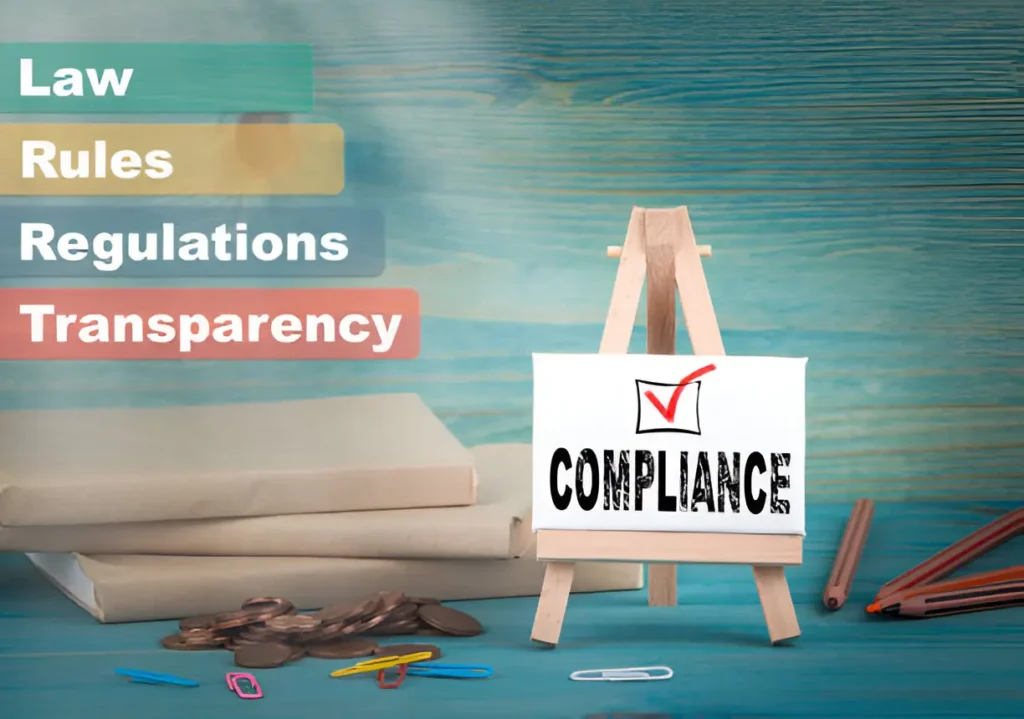Slab leaks, caused by cracks or breaks in pipes beneath a home’s concrete foundation, can be caused by aging pipes, poor installation, soil shifts, or water chemistry corrosion and require early detection. Fortunately, with advancements in detection technology and effective repair solutions, homeowners can address slab leaks before they become major problems. Understanding the causes, spotting the signs, and knowing the available solutions are vital to tackling this hidden yet severe plumbing issue.
What Are Slab Leaks?
Slab leaks refer to a troublesome plumbing issue where pipes begin to leak beneath the foundation or inside the concrete slab of a building. These leaks are particularly challenging because they often develop unnoticed, hidden under thick layers of concrete. If left untreated, they can slowly erode the structural integrity of the building and result in significant water waste. For those searching for actionable solutions, utilizing expert services like leak detection Tulsa OK can efficiently identify and remedy these issues before they escalate further.
Common Causes of Slab Leaks
The formation of slab leaks can be attributed to various factors that can occur over time. Corrosion and rust are among the most prevalent causes, as pipes naturally degrade, leading to vulnerabilities. Moreover, if plumbing is improperly installed during construction, the risk of leaks increases significantly. Environmental factors, such as earthquakes or significant ground movements, can exert a surprising amount of pressure on piping systems. Additionally, the impact of soil and ground movements can be substantial, with expansive clays or unstable soil conditions applying extra stress on underground pipes, potentially leading to crack formations.
Recognizing the Signs of a Slab Leak
Early detection of slab leaks is crucial to minimize damage and repair expenses. One of the earliest indicators could be a sudden increase in water bills, which shouldn’t be ignored. Audible sounds of running water, even when taps are turned off, suggest an underlying problem. Another indirect sign could be a gradual but persistent rise in indoor humidity, leading to mold and mildew growth. Furthermore, noticing warm areas on the floor, mainly when not associated with a heating system, could imply a hot water pipe leak. Recognizing warm spots on floors is an essential diagnostic step that can alert homeowners to potential slab leaks before they cause irreversible damage.
Effective Detection Methods for Slab Leaks
Accurate detection of slab leaks is vital to ensure timely and effective repairs. Professionals utilize advanced technologies like electronic listening devices and thermal imaging to accurately pinpoint leak locations without requiring extensive excavation. For homeowners, while using professional methods is preferable, there are initial checks that can provide preliminary insights; for example, keeping an eye on your water meter for any unexpected changes when all water is shut off can be a simple yet telling diagnostic tool. However, Professional assessments provide a thorough evaluation, helping confirm suspicions and plan appropriate repair strategies.
Strategies and Solutions for Slab Leak Repair
Once a slab leak is confirmed, several repair strategies can be employed to tackle the problem effectively. Epoxy restoration involves injecting a specialized epoxy compound into the compromised pipes, sealing the leaks from within. This method is particularly effective for minor leaks and minimizes disruption to the property. Re-piping or replacing entire piping sections might be necessary in cases of more extensive damage. With modern tools and techniques, these repairs have become more sophisticated, ensuring both durability and efficiency. Prompt intervention not only conserves water but also helps to maintain property value by preventing more extensive damage.
Also Read –Live Dealer Games vs Game Shows: Which One’s Right for You?
